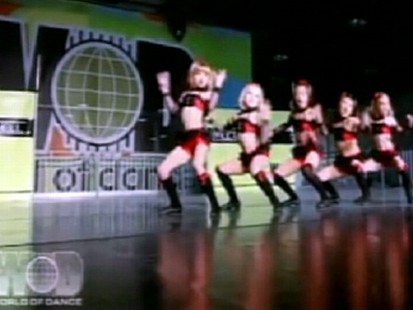

It seems simple, but there are exceptions. It needs to be on paper or video, or documented somehow so it can be shared. But to solely teach the choreography isn’t enough.

The United States Copyright Office defines a “fixation” in choreography or pantomime as something that allows movement to be performed in a “consistent and uniform manner.” Choreographers can fix their work through dance notation, video recording or textual descriptions or photographs. “Once you write it down somewhere, once you teach it to the dancers and you’ve fixed the choreographic work on a company, then there is something protectable.”

“Thinking something in your head-not protectable,” he says. Under the Copyright Act of 1976, choreography is directly addressed and-once registered-protected as long as it is “fixed.” Attorney and former dancer Gregory DeSantis, who focuses his work on trademark and copyright law, says the definition of “fixed” choreography lies in the difference between something imagined and something tangible. To be considered a “dramatic work,” the dance had to “tell a story, develop a character or express a theme or emotion by means of specific dance movements and physical actions.” Prior to this, the Copyright Act of 1909 could technically protect choreography as long as it fell under the category of drama. The Copyright Act of 1790 introduced a sense of ownership for creators, but did not incorporate choreography until its revision in 1976.


 0 kommentar(er)
0 kommentar(er)
